For as long as I can remember, I have been on a ceaseless journey to find or create great architecture. My first real encounter with remarkable architecture was the Cultural Center of the Philippines, designed by Leandro Locsin. Since my sister was a ballet dancer, I spent many hours of my youth exploring this vast concrete structure. I was in awe of a building that seemed to defy gravity, as its heavy form appeared to float above the ground.
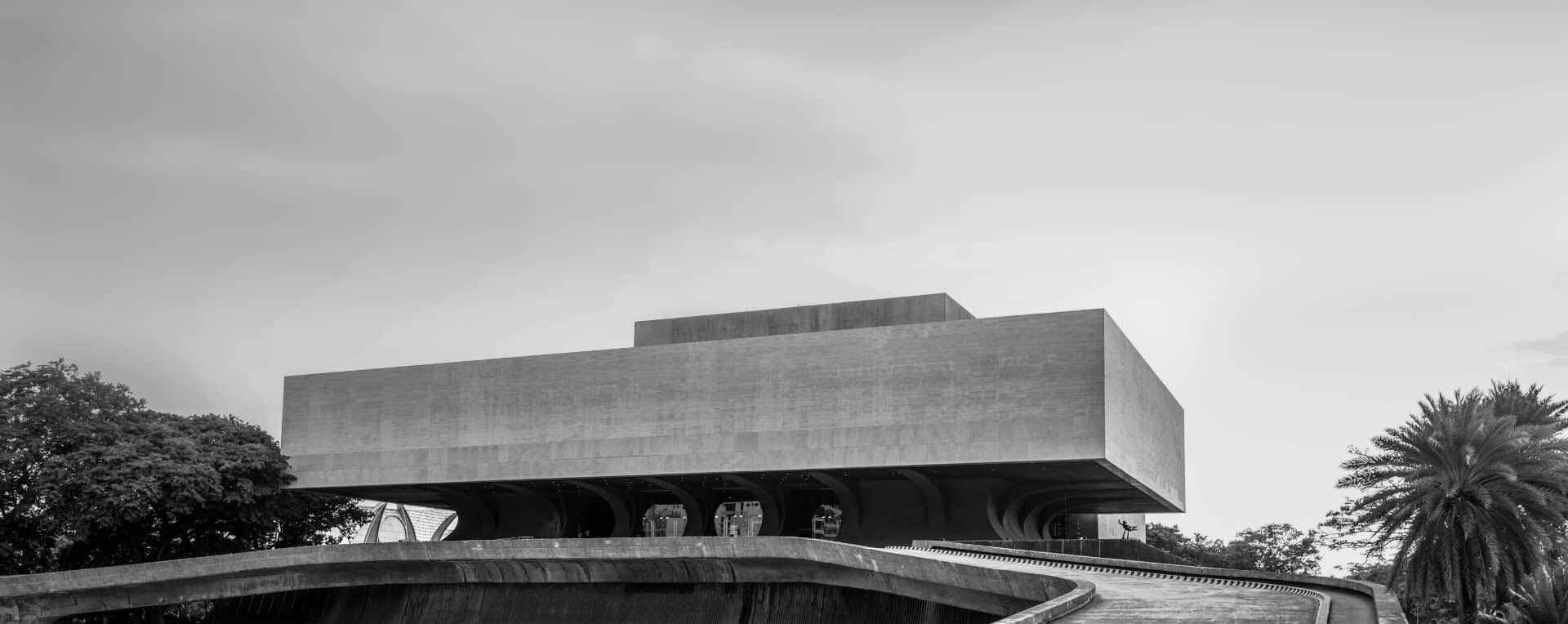
This pursuit of great architecture led me to the esteemed Rhode Island School of Design, where I graduated as a professional architect after a five-year course. My education exposed me to various architectural styles from different periods and places around the world. Now, as a practicing architect, I have the opportunity to continue this pursuit as I conceptualize, design, and build my own works.
When asked to become a columnist for the Manila Bulletin, I found it fitting to write my first article about this pursuit, as a guidepost for all my future writings. It also serves as an open invitation to everyone to join me in this quest for great architecture.
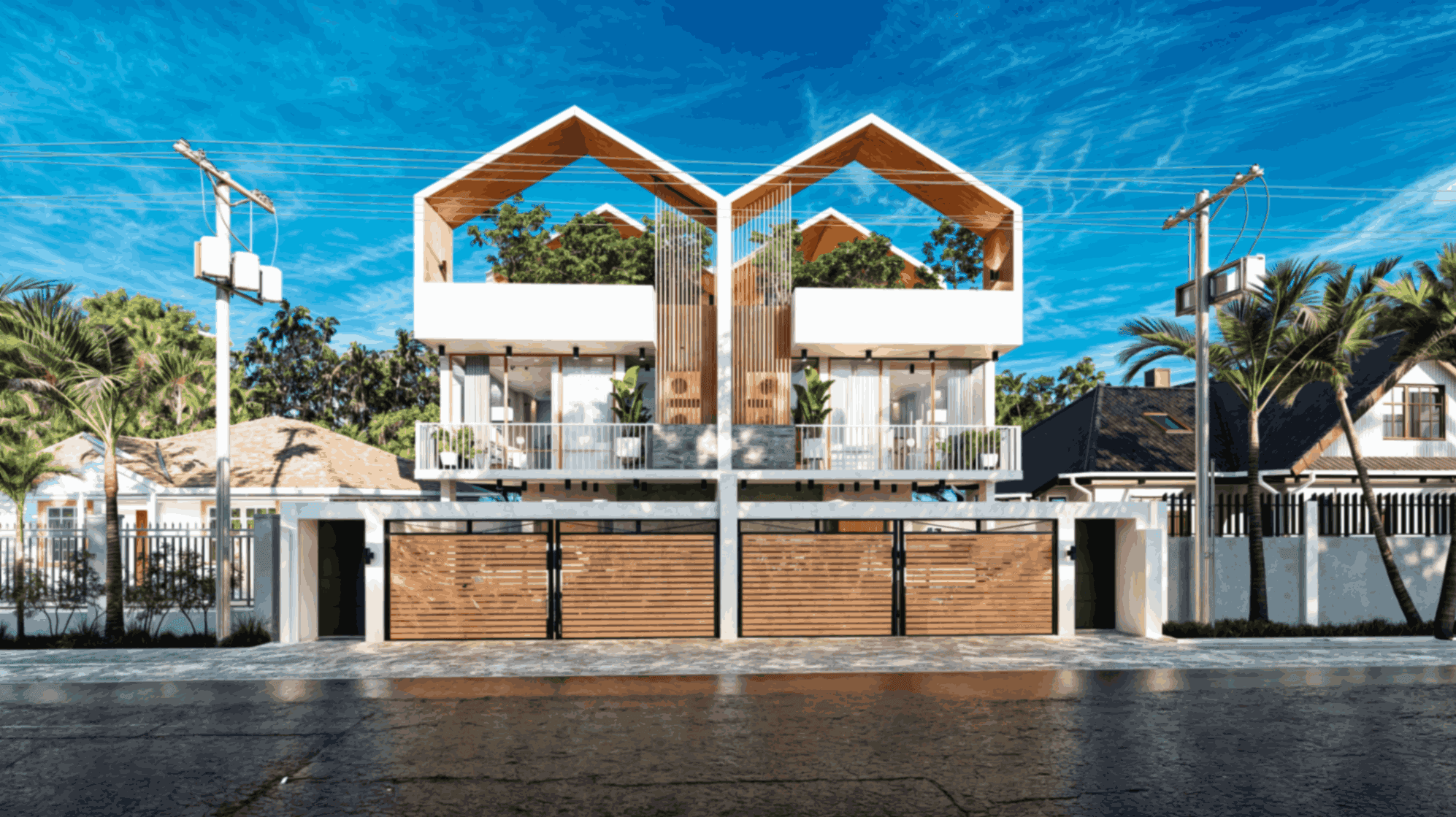
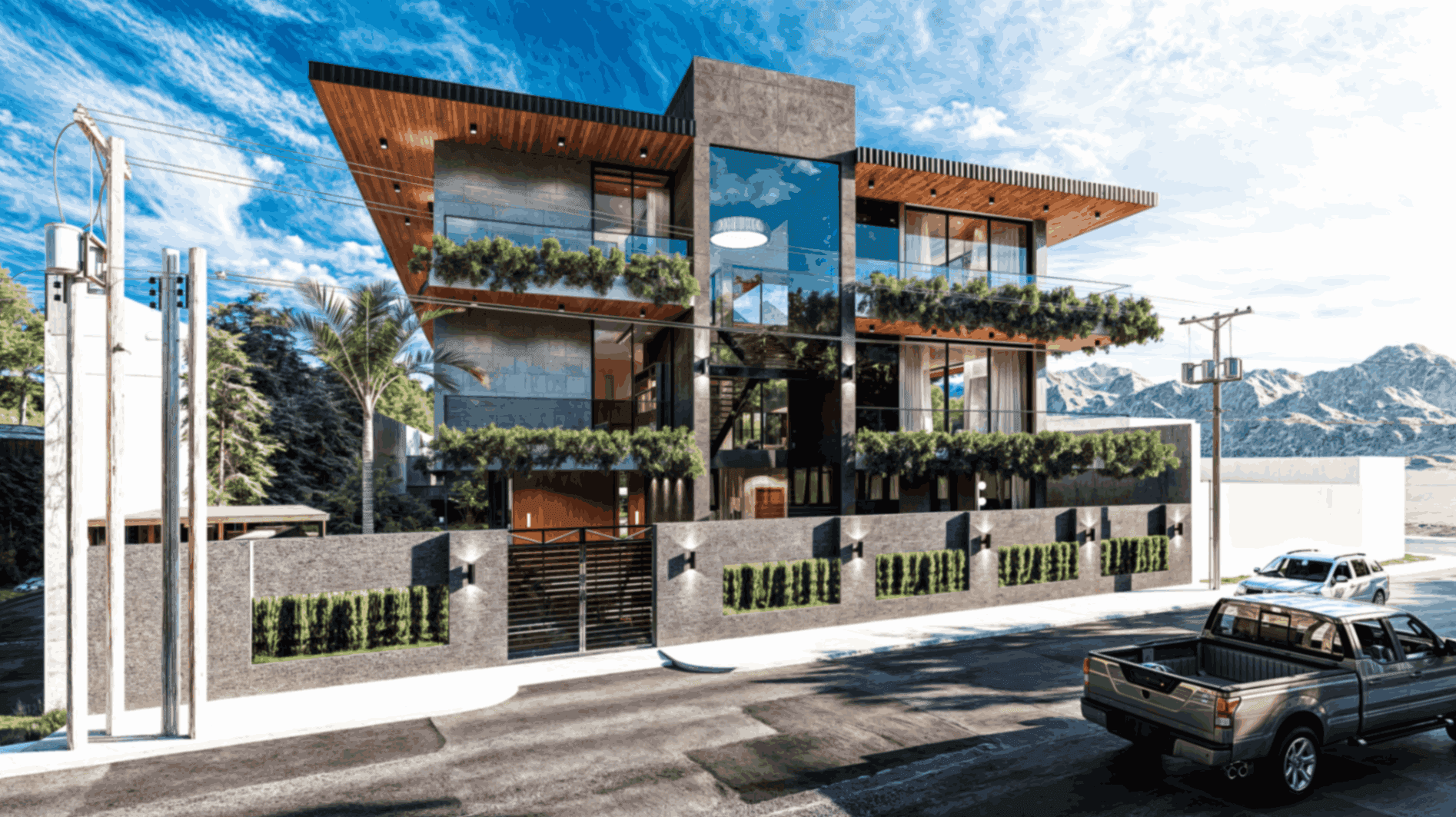
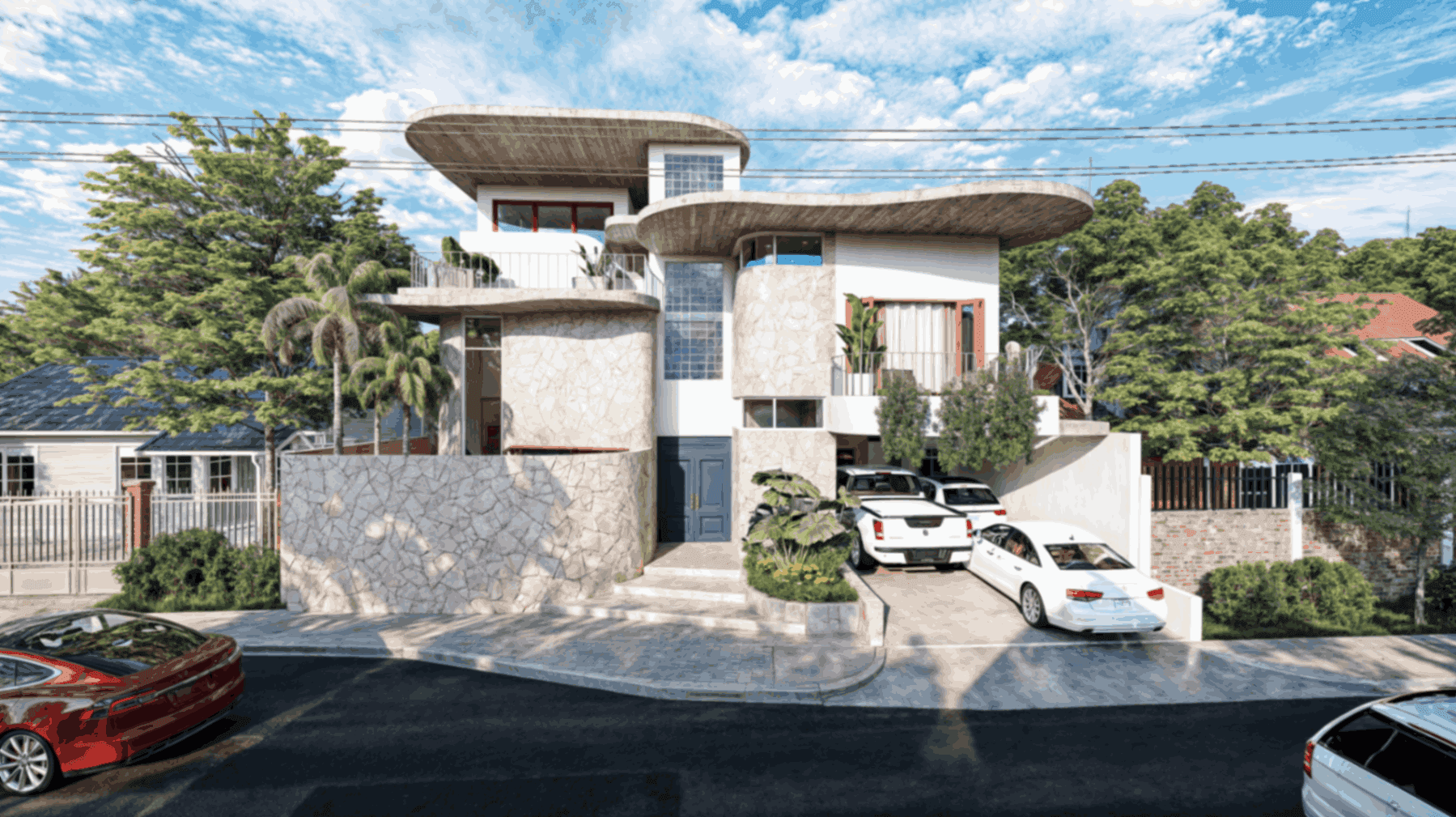
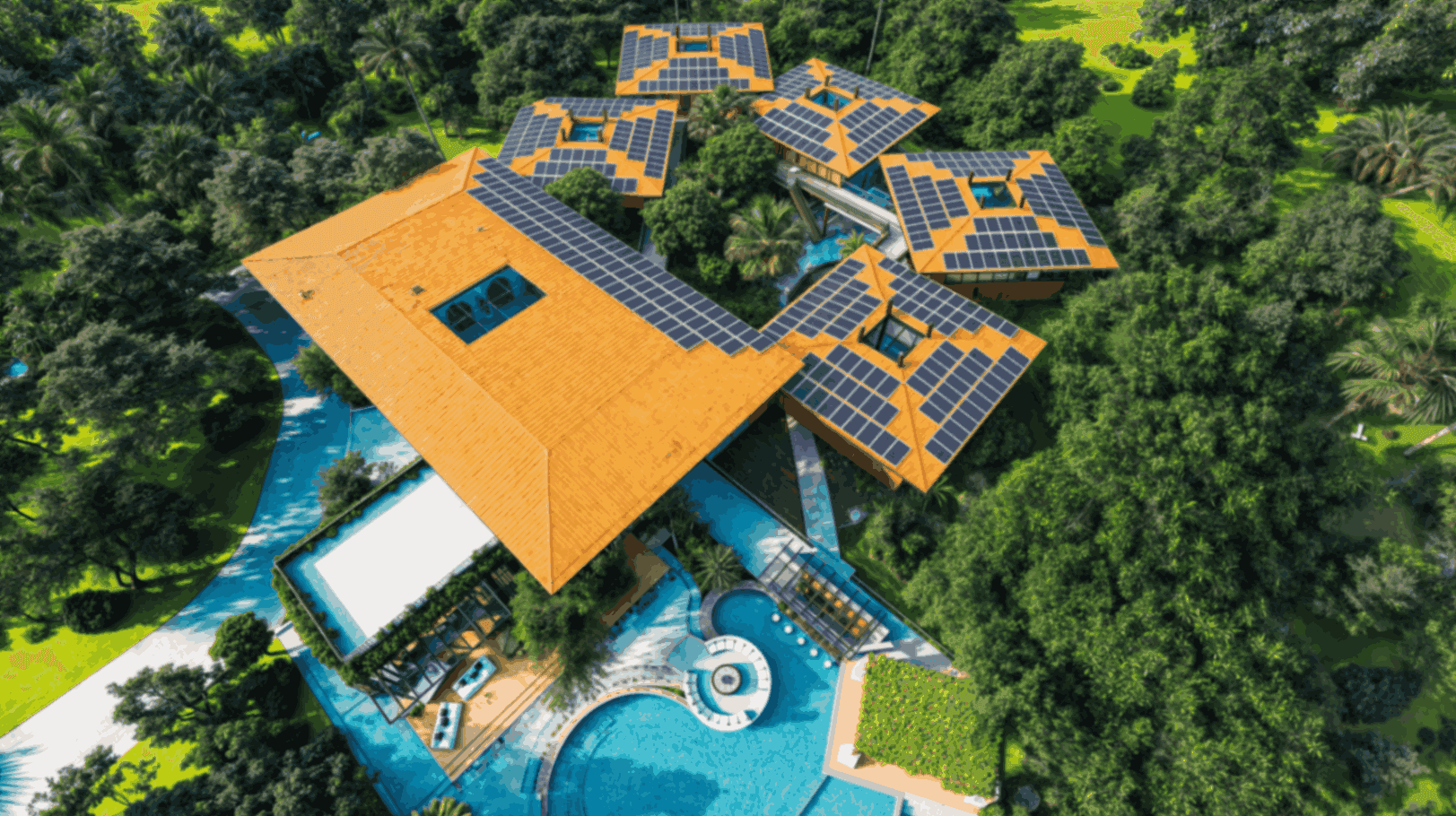
Why is the pursuit of great architecture so important? What role does architecture play in our lives that warrant our collective attention?
From our homes to our neighborhoods, towns, and cities, architecture spans numerous scales, providing us with a sense of identity and place, improving our quality of life, and supporting economic development. I firmly believe that architecture is the physical manifestation of our collective culture and values.
Simultaneously, architecture also shapes us. Within our cultural system, it is a reinforcing feedback loop that can have profound consequences, with lasting impacts that may be either positive or negative. The pursuit of great architecture is, in essence, the pursuit of a great human society.
It has long been proven that different physical environments affect our overall wellness. A report by the Urban Land Institute found that residents living in well-designed neighborhoods reported a 25 percent higher quality of life than those in poorly designed areas. Residents in places such as the slums of Tondo, the farms of Davao, and the bustling urban districts of Taguig have distinctly varied experiences that influence not only their culture but their lives as a whole.
In the Philippines, it is rare for us to quantify these vast differences in experiences. We simply lack the data to objectively determine the correct path to great architecture. However, if you have had the opportunity to experience these different environments firsthand, it becomes clear which ones create a positive or negative reinforcing feedback loop. Some places simply shape people to struggle, while others allow them to flourish.
As we continue to build and reshape our world, the importance of thoughtful, innovative, and empathetic architectural design will only become more pronounced.
What does that mean for us Filipinos? What dictates our sense of identity and place? What is our path to great architecture?
I admit that I may not have a direct answer to these questions just yet. However, it is clear that the Philippines is at a critical juncture where we have the opportunity to create truly great architecture, which could contribute to building a great nation. We now have the resources, manpower, and technology to bring our dream environments to life. This is evident in the rapid transformation of cities like Bonifacio Global City, Mactan Cebu, and Iloilo.
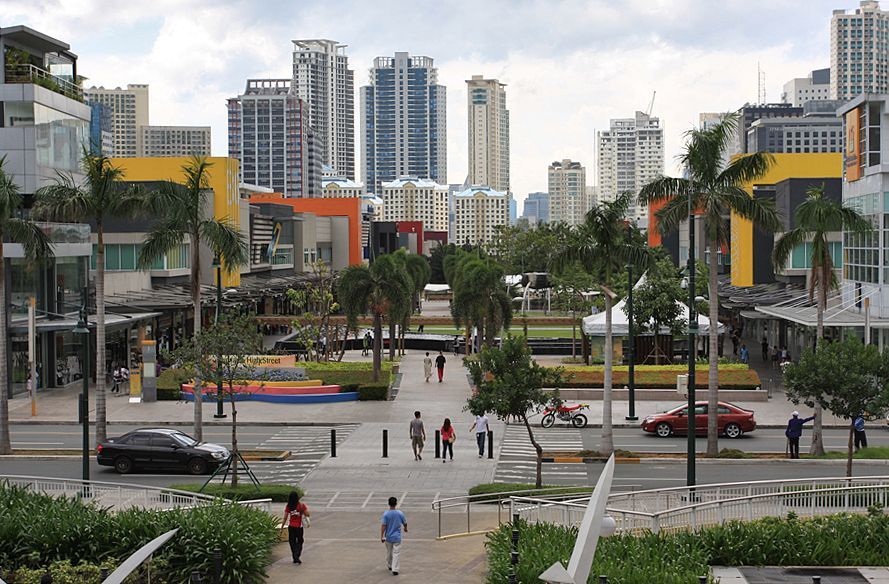
Great architecture reflects our best traits and values as human beings, enabling us to reach our fullest potential. It creates environmentally conscious spaces that not only serve their intended purpose but also inspire and resonate with their occupants and the broader society. Great architecture fosters emotional connections and becomes a symbol of cultural pride and innovation, extending far beyond its physical form.
Looking through history, many architects have brought forth greatness, including Frank Lloyd Wright, Le Corbusier, Ebenezer Howard, Tadao Ando, and our very own Leandro Locsin, and Francisco Mañosa. These architects from around the world have designed buildings, neighborhoods, and cities that stand the test of time, allowing their inhabitants to flourish. They pushed the boundaries of architecture beyond its simple physical form.
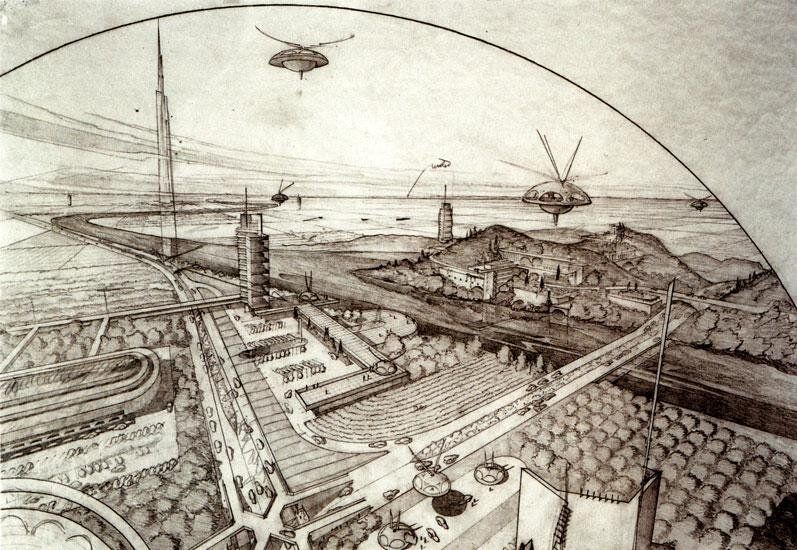
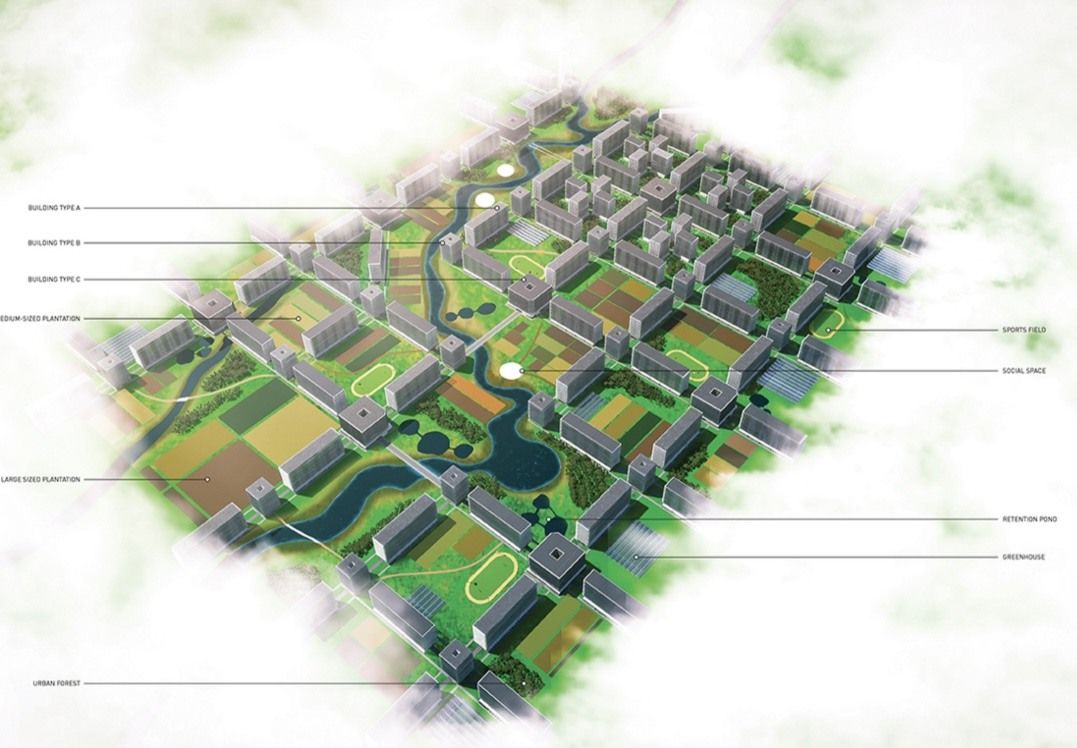
Great architecture cannot exist without the architects who design it. So, are architects the key to great architecture? The discussion is complex, but to summarize: Architects are not the sole creators of our built environment, especially in the Philippines. It's much more intricate than that. We, architects, are merely guides in the process. Numerous stakeholders are involved in creating any type of architecture. The larger the scale, the more stakeholders there are to manage. Unfortunately, these same stakeholders often become obstacles on the path to great architecture.
Great architecture is a team effort that involves a variety of people working together toward a specific plan and goal. If that’s the case, we all need to educate ourselves about architecture and how it impacts us. Architecture must become a shared language that everyone understands.
If we hope to experience great architecture in the Philippines, we must first demystify it and educate the public on its importance. We need to make the design process more democratic so it reflects the collective vision, not just the views of a few individuals.
To that end, the goal of this column and platform is to open the doors of knowledge. I invite you to join us on this journey as we continue to search for meaningful and great architecture.
Together, we can educate ourselves to create a more humane and just built environment. The pursuit of great architecture is, in itself, the pursuit of a great human society.